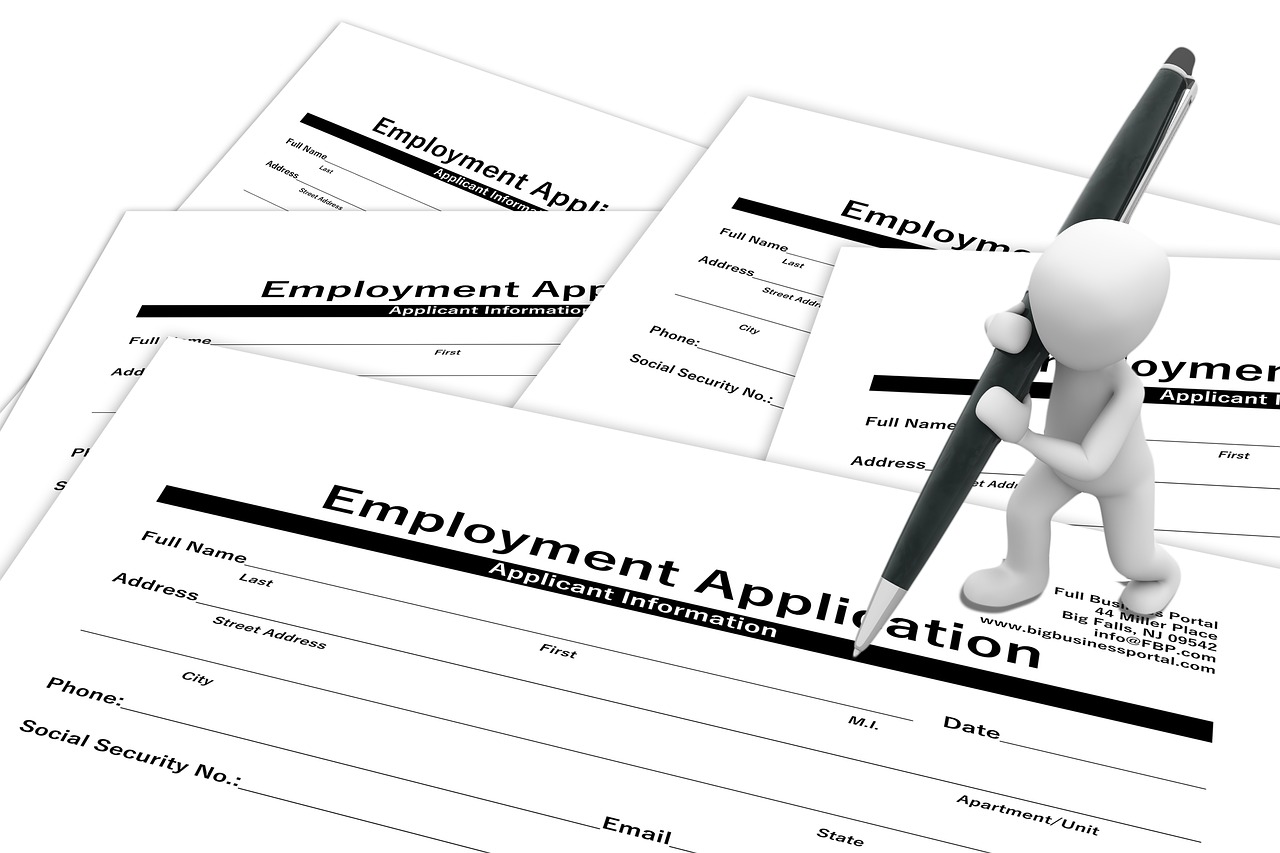
As your organization grows, you will develop the best ways to carry out every aspect of your work. Sometimes these are nonprofit best practices. Other times they are simply the methods your bookkeeper or funder wants you to use. The more of these procedures you develop, the more important it is to document them.
In addition, as your nonprofit grows, more staff will be taking care of different duties, and no single staff person will know how to do everything. It’s important for everyone to document their work.
This documentation has a wide range of uses. First, when you take a vacation, it makes it much easier for others to cover for you. Imagine how much easier it would be to prepare to leave for a two-week trip if you have all your day-to-day tasks already documented. Second, when you leave your position, it will be much easier to hand things off and know that the organization will be in good hands moving forward. Third, documenting this information will allow you to see where you can delegate tasks. If you can train someone on a task now, why not have them take it on permanently? Finally, having this documentation will help you be more efficient. In creating the manual, you’ll be able to think through your regular tasks and find ways to do your job more efficiently and effectively. You’ll also have all the information you need documented in one place. For example, you’ll have instructions on how to fill out that complicated form you have to fill out only once a year.



